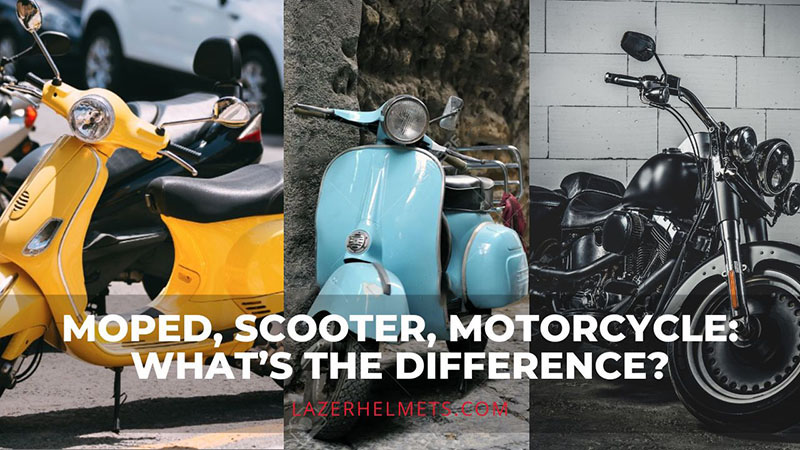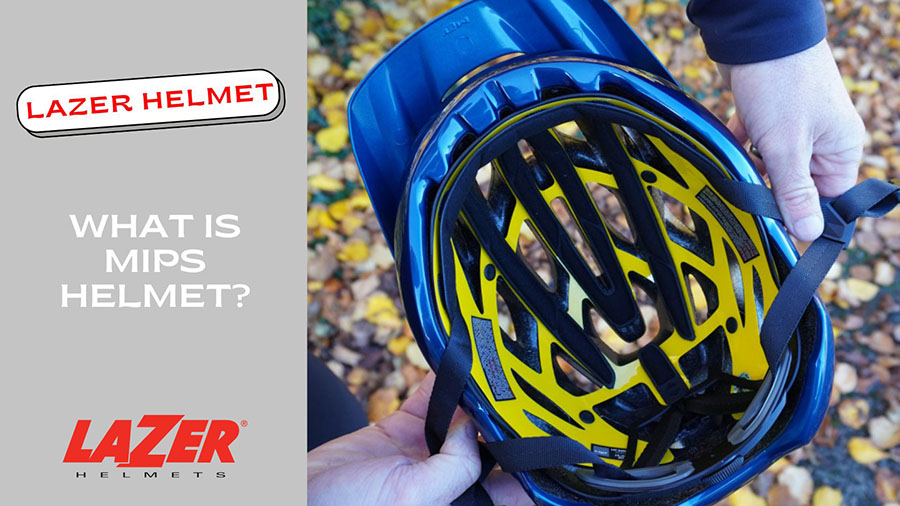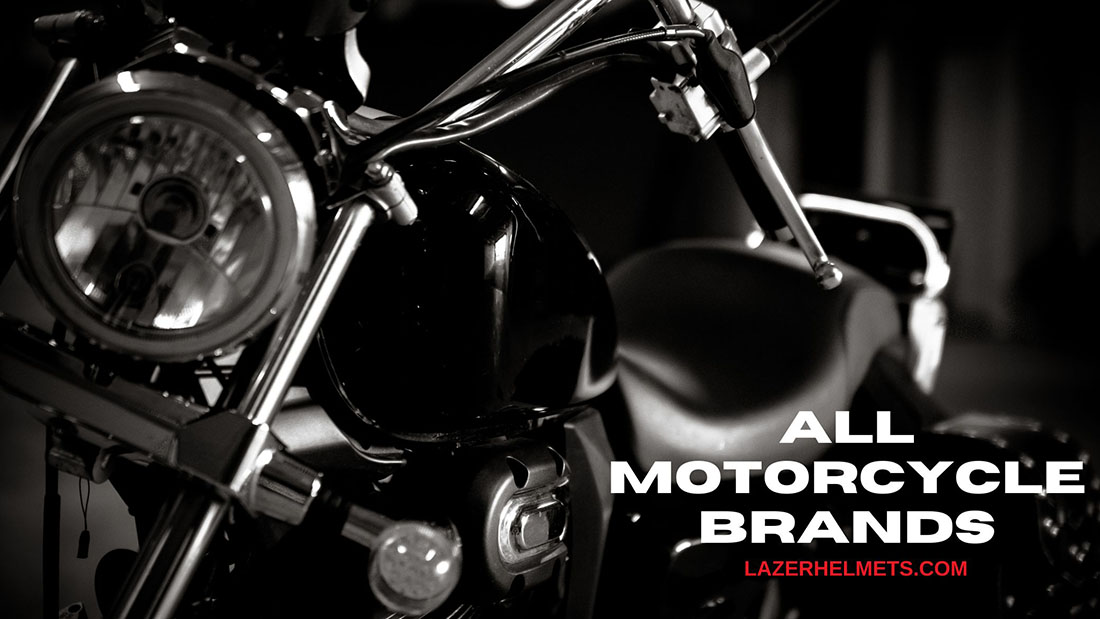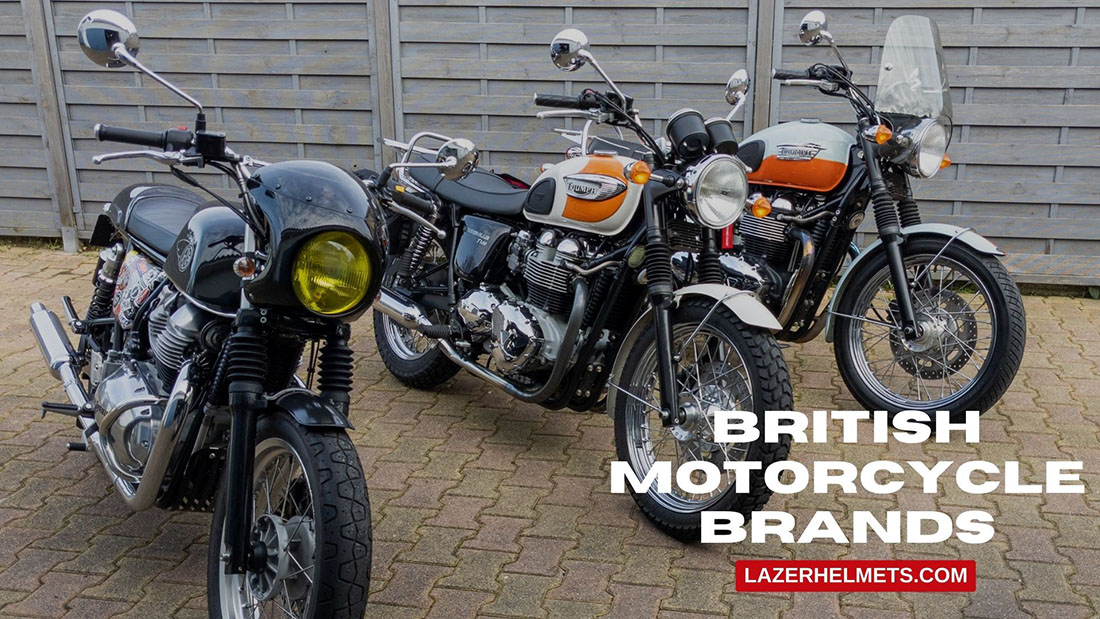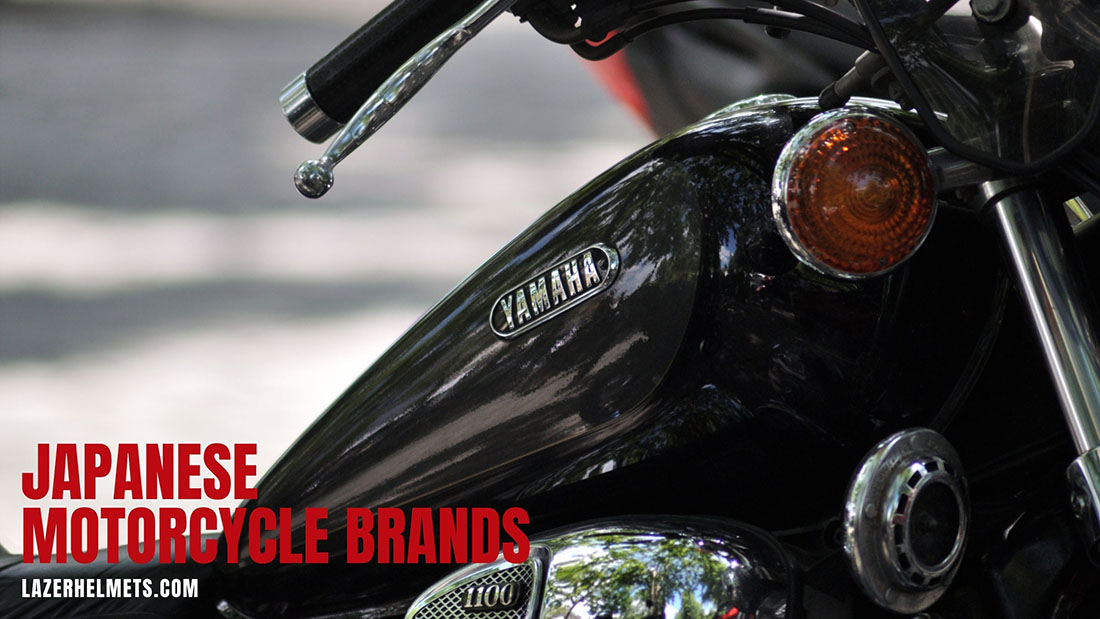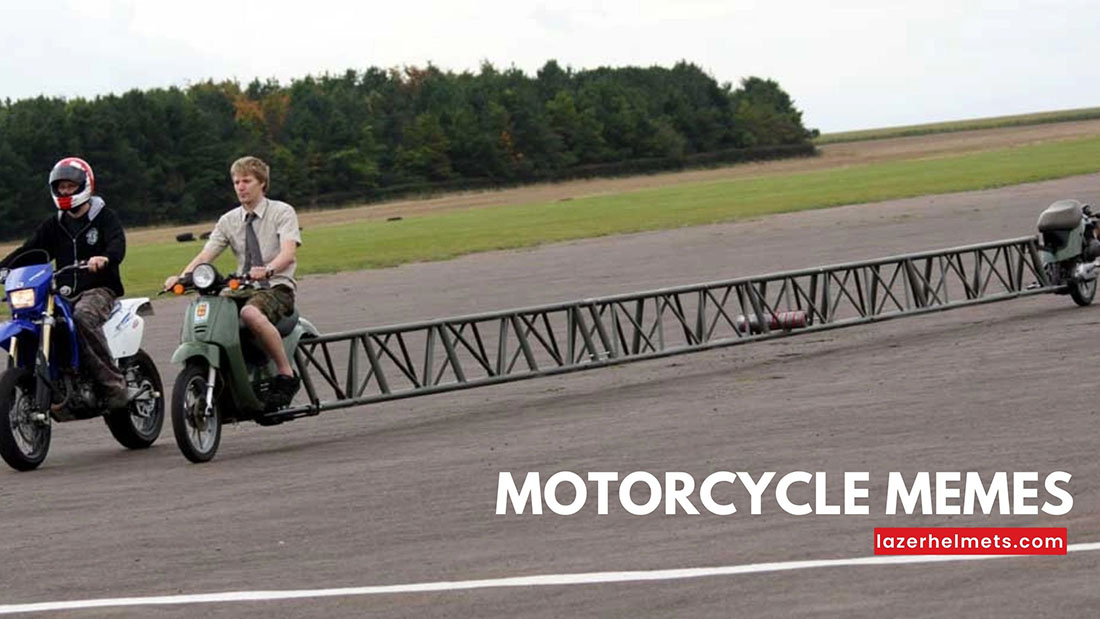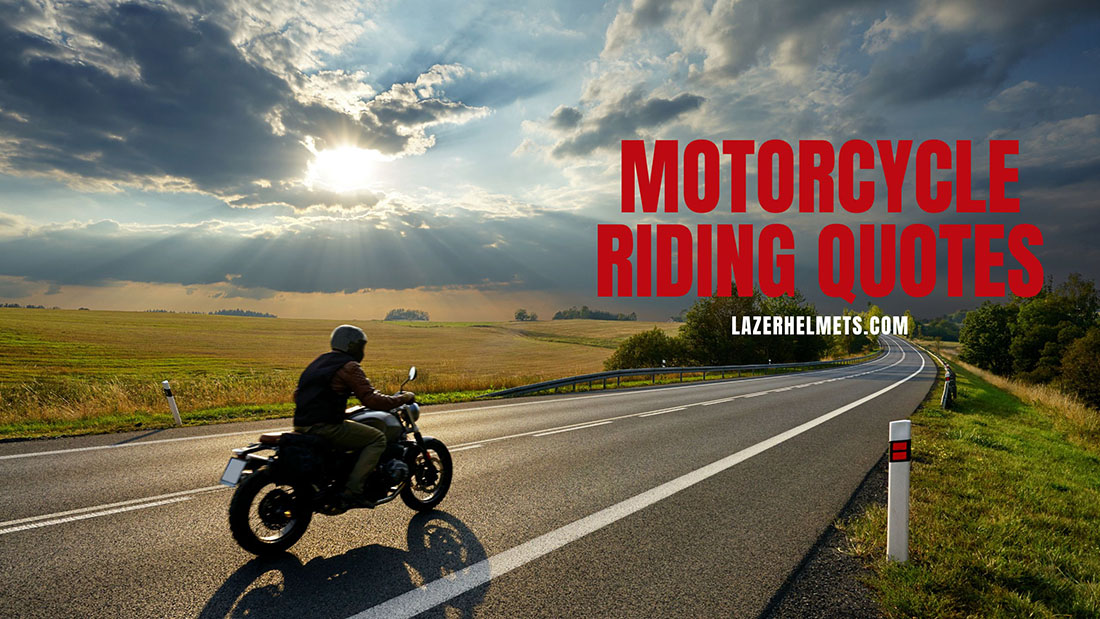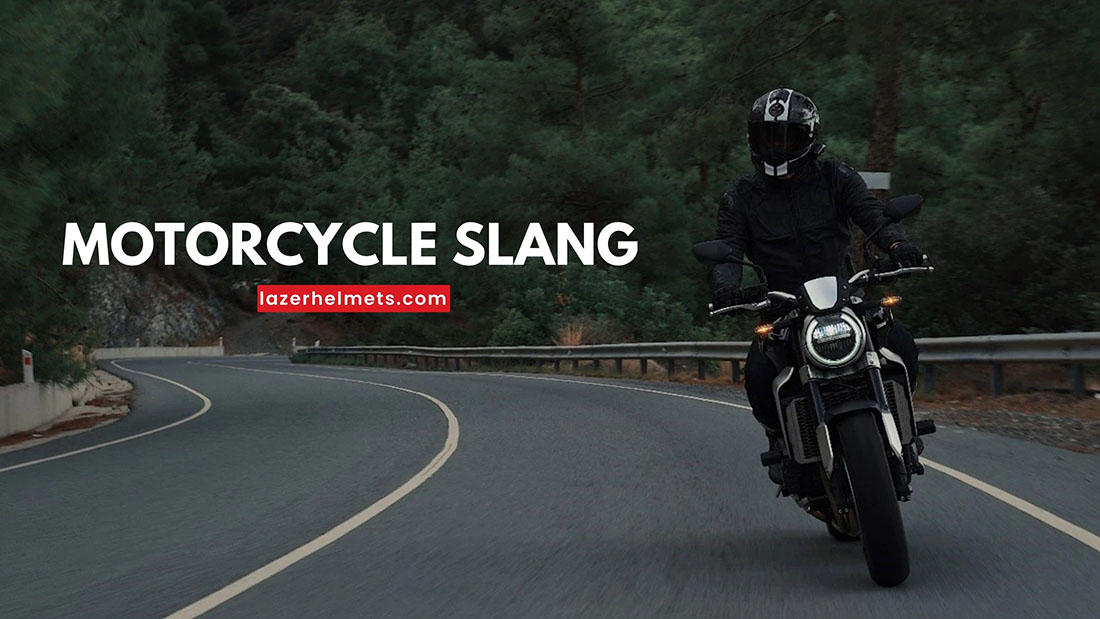Do you know that there are more vehicle choices to pick from other than standard bikes and motorcycles?
Indeed, cyclists and riders have been wowed by the introduction of scooters and mopeds – rumored to be regular bikes but more compact and cheaper. Is it true? And among the three options, which one should you opt for and in what situations?
This article will address these burning inquiries by pitching mopeds, scooters, and motorcycles against each other based on the most fundamental criteria. Of course, the choice is all yours in the end, but a quick overview of how they resemble and differ will help you make better decisions.
Table of Contents
Moped Vs. Scooter Vs. Motorcycle: How Are They Different?
Let’s cut right to the chase. Though there might be certain similarities, their differences still outweigh the resemblances, shown clearly in the chart below:
| Characteristics | Scooter | Moped | Motorcycle |
| Defining Features | Step-through chassis Footrest platform | Bike-like pedals | High-speed motorsNo pedals |
| Engine Sizes | 50cc – 250cc | 50cc | 250cc or beyond |
| Wheel Sizes | 10” to 16” | Varies | 16” and beyond |
| Speed | Varies | 28 MPH | Varies |
| Highway Riding Abilities | Yes | No | Yes |
| Legal Riding Age | 14 to 16 | 15 to 16 | 16 or beyond |
| Motorcycle License | Yes | Yes | Yes |
| Protective Gear | Yes | Can abandon at 21 years old | Can abandon at 21 years old |
1. Definition
Scooters
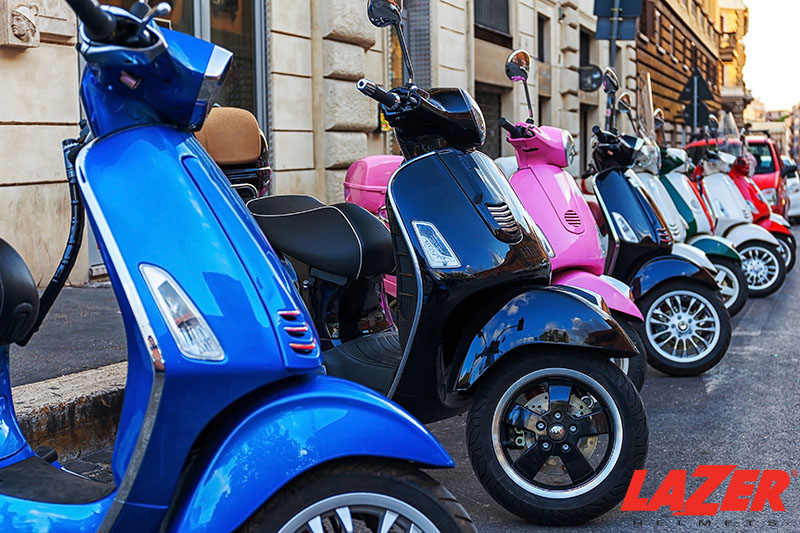
Scooters, commonly thriving on U.S. roads, are defined as two-wheeled motor vehicles with footrest platforms and step-through chassis.
And do scooters have clutches? Thankfully, the answer is No. Since zero manual shifting is involved, riding them is a piece of cake!
Moped
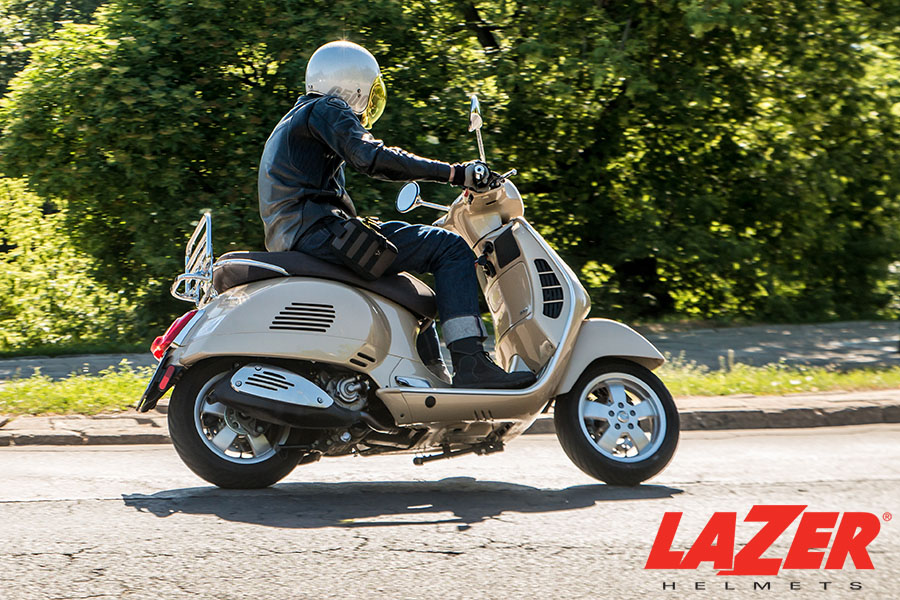
Despite paling in comparison with scooters in terms of popularity, mopeds are often mistaken for scooters, assumed by many people that their sizes are more or less similar. But what are mopeds, exactly?
In simple terms, mopeds are bicycle-type vehicles. Similar to bikes, they are equipped with low-powered engines and pedals to provide a more economical transportation mode. Indeed, its name, “moped” (or motored-pedals), is inspired by bike-like pedals used to kickstart the helper motor.
The engines are designed to propel riders while pedaling, only offering small power portions compared to scooters and motorbikes. Although certain modern types are armed with electrical systems, in most cases, your sole pedaling energy is enough to push the moped forwards.
Motorbikes
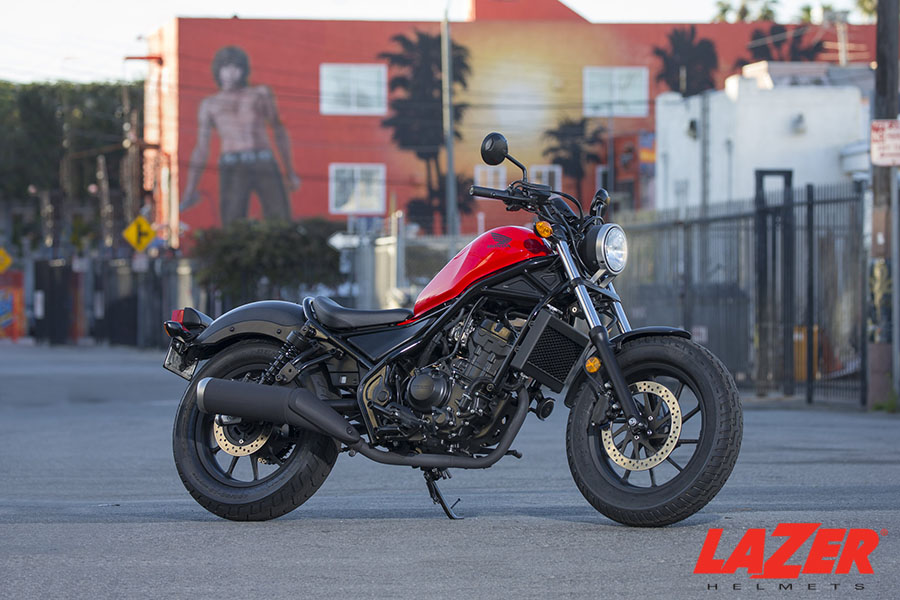
Overall, motorcycles are characterized as two-wheeled vehicles supported by motors and no pedals. They are produced to foster higher speeds, equipped with improved handling for better acceleration and bike control.
Thus, these motorbikes can easily satisfy your demands – whether you prefer highway speeds or slow urban commuting. Not to mention, their wind protection outperforms both scooters and mopeds, with spacious cargo storage included.
2. Engine Sizes
Scooters and Mopeds
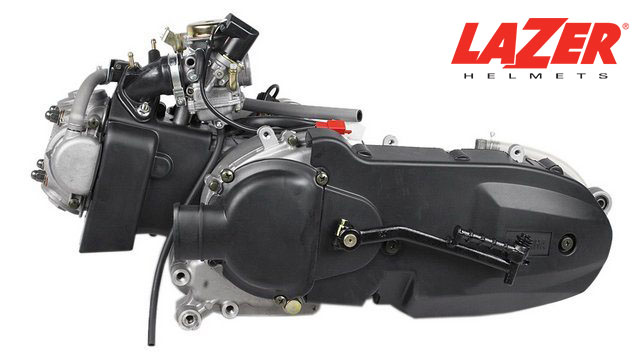
Mopeds are the least ideal option, with engine sizes below 50cc. Meanwhile, scooter engines usually range from 50cc to 250cc. (though in certain western markets, you can locate rare models with engine capacities reaching 850cc!)
Due to this medium-large engine, some might ask: “Why don’t you categorize scooters as motorcycles instead?” Please wind back to the definition above: step-through chassis is what defines scooters – something motorcycles don’t have.
Motorbikes
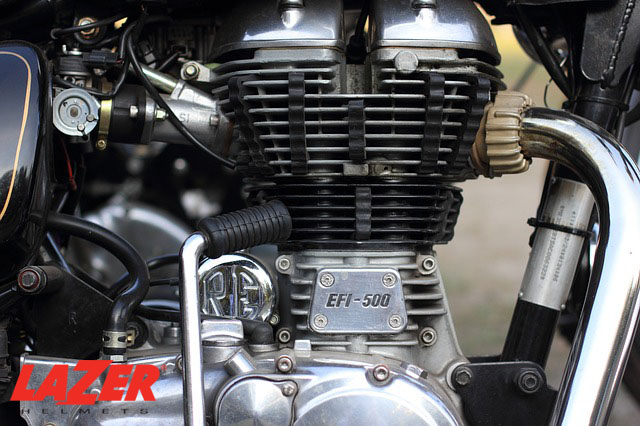
Even the lowest-performance motorcycle engine is 250cc – which makes them dramatically bigger than scooters. Though a few riders claim to find certain motorbike models with engines below 250cc (ex: Gran Prix), their step-through chassis and the need for prior mounting are more similar to scooters rather than motorcycles.
Most motorbikes have their engines installed in the frame’s middle, below the gas tank – instead of sitting on rear suspensions like scooters. Riders will sit astride their motor engines with gas tanks at the front.
3. Wheel Sizes
Another critical difference among the three – as pointed out by MLF (Motorbike Legal Foundation) is the wheel size.
Any vehicle with wheels more than 16 inches is a motorcycle. On the other hand, scooters and mopeds have wheels measured from 10 to below 16 inches.
In general, larger wheels gain more favorable feedback among cyclists of all types – since they are much more capable of handling high speeds. Nevertheless, scooters’ and mopeds’ speed rates are never as great as motorcycles’ anyways, so opting for small wheels is still acceptable.
4. Speed
Moped
Mopeds’ small engine sizes mean these vehicles can only reach 28 MPH at best.
With such moderate speed abilities, they are never recommended for highway usage, struggling to keep up with the traffic. Riding them on busy roads only puts you at risk; we suggest limiting their operations to urban or city streets!
See more: How fast do mopeds go?
Scooters and Motorbikes
Meanwhile, scooters’ and motorbikes’ speed limits vary depending on their engine sizes. For instance, scooters of 150cc can achieve 60 MPH, making them a great choice for city roads.
And motorbikes are even better; 100 MPH – or even more – is not an unfamiliar sight for them. They are the only option out of the three recommended by most experts for frequent highway trips.
5. Price
Scooters
There are electric scooters at a price as low as 100$ (but they mostly work for kids, by the way). For average scooters for commuting purposes, the range is about $300 to $600.
Mopeds
Those who are looking for mopeds can expect to invest $3,000 to $10,000. Their load is slightly larger than scooters but less than motorbikes – and they are treated the same as the latter in terms of registration and licensing.
See more: How much does a moped cost?
Motorbikes
Brand-new motorcycles can charge from 4000$ to 6000$ for entry levels. But if higher-end options are your jam, the price can rack to $30,000 (or even more!).
6. Riding Age, Licenses, And Other Legal Requirements
Age and License
Like cars, these vehicles require you to reach a certain legal age. Even in the cases of scooters and mopeds, licenses and permits are still a must if you want to drive them legally on public roads!
Riders between 14 and below 16 are already eligible for scooter/moped permits. But for motorbikes, future riders must be 16 years old at least (and the number might change across different places; for instance, in Virginia, the minimum riding age is 18).
In certain regions or states, licenses might not be required if your engine sizes are smaller than average. Check the regulations where you live to ascertain!
Others
All countries require riders to have liability and injury insurance, regardless of bike type.
Scooter drivers must wear eye and head protection, while motorcycle and moped drivers are allowed to abandon helmets if they are over 21 years old (but again, not every region adopts this rule).
Quick Rundown of Their Pros and Cons
Scooters:
Pros
- Easy to jump onto
- Automatic transmission
- Few repercussions
- Cheap
Cons
- Lack of stability and control
Mopeds:
Pros
- Easy usage
- Pretty cheap
- Fuel-efficient
- Usually has a great warranty
Cons
- Slow
- Low-performance, not suited to highways
Motorbikes:
Pros
- Fast
- High performance
- Works well with every terrain
- Customizable
Cons
- Cheap
- More difficult to use than scooters or mopeds
- Regular maintenance is needed
Which Is The Best Option? When To Use Which One?
Motorcycles
Performance-wise, motorbikes clearly take the crown, suited to every terrain, from urban commuting to regular highways. Whether you need a means for touring and traveling or a “horse” for long commuting, they will delight you.
But the exorbitant upfront cost and maintenance charges might hold some people back. And remember that, unlike other two types, not all motorcycles are street legal. Check out your local laws before hitting the road.
Scooters
Tight-budget customers will find more pleasure in scooters, which works well on city streets and medium-level highways. This alternative is also a great contender for young riders who haven’t reached the legal age for motorbikes yet.
The majority of scooters boast amazingly large storage under the seat. Better yet, its capacity and speed are decent enough to roam around the city and weave through heavy traffic, so we would recommend this pick for delivery men.
Mopeds
This choice should be your last resort due to their limited maximum speeds and loading capacity if you are a speed seeker.
For those who reside in populous metropolises like LA or NYC with congested traffic (all the time) and modest parking spaces, mopeds can go a long way indeed.
Students or those commuting within the city will also love it, as they can easily thread their way through the concrete jungles.
Conclusion
Our article has discussed and analyzed how these three vehicles perform against each other.
Though standard motorbikes are – as the name suggests – the standard for overall performance and engine efficiency, it isn’t like the other two have no benefits at all. Note their respective pros and cons to ensure you do not end up with an ill-fitted option!
And despite their major differences, things you should look for during purchases are similar: always pay close attention to their features, prices, and brands. A good and cool-looking design is even better, easily making your bike stand out on the street!

